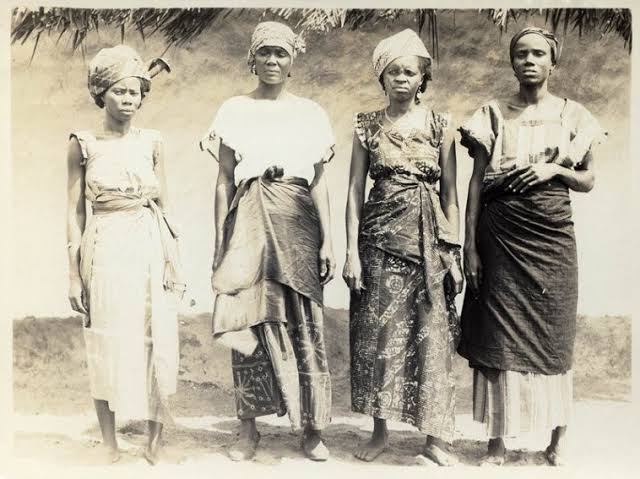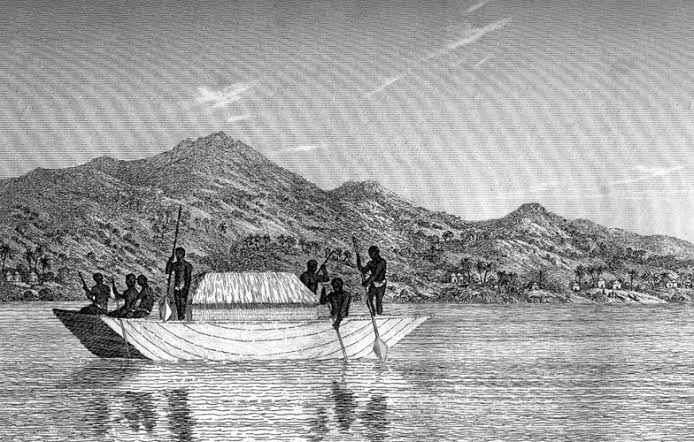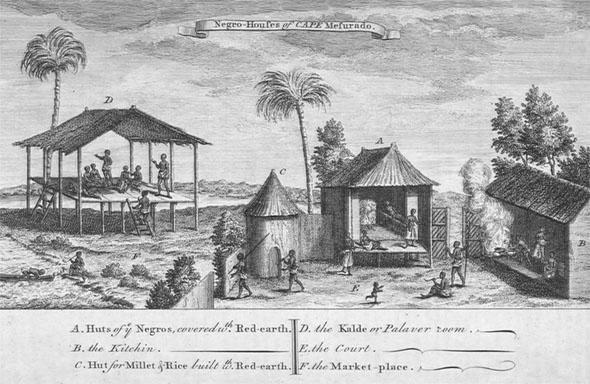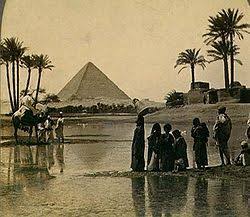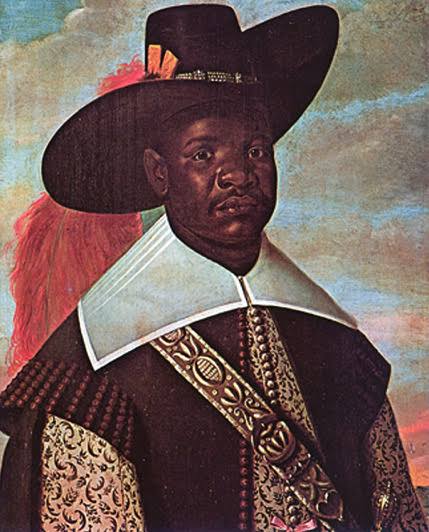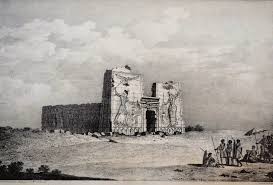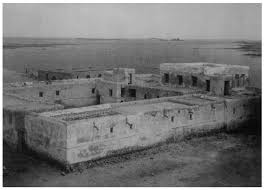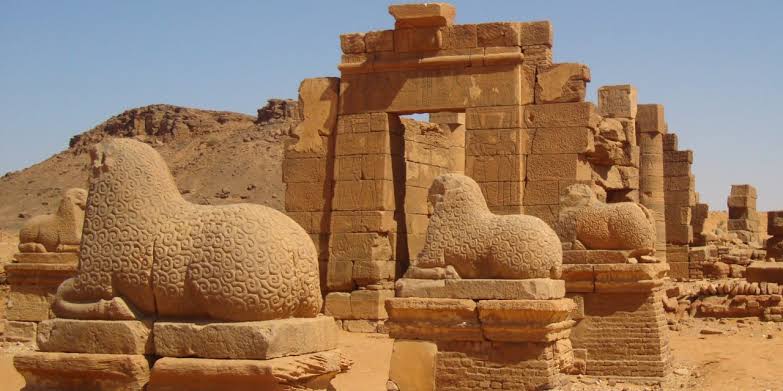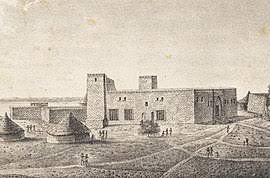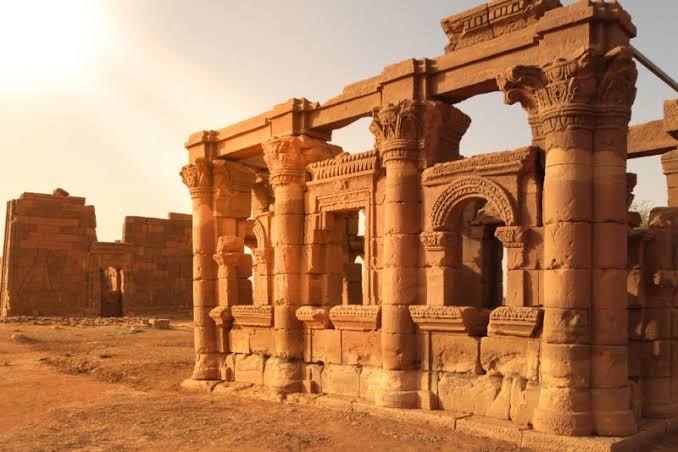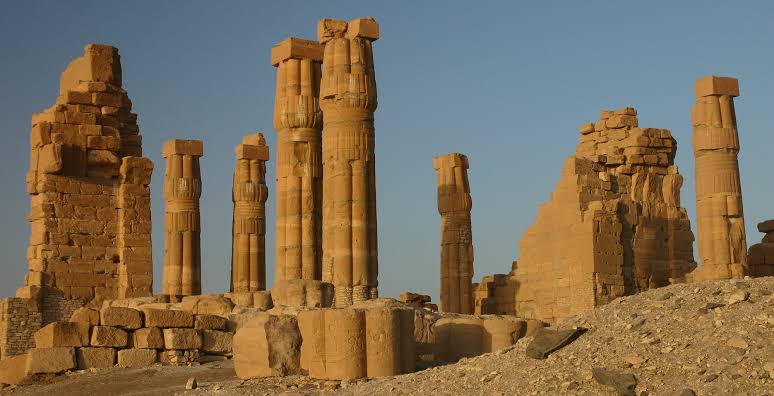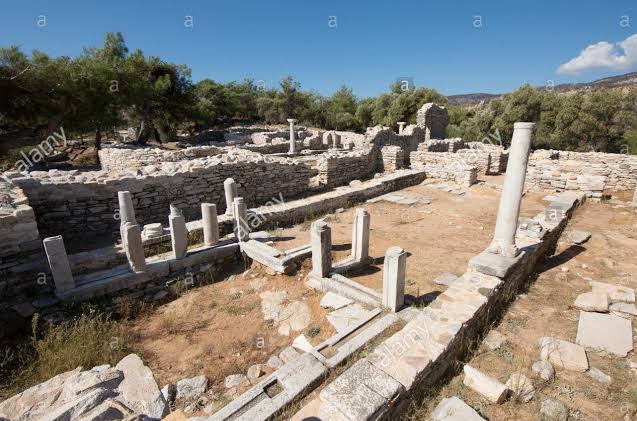
Ancient African Civilization (Pottery)
___
Africa has the oldest pottery remains known in the world performed mostly by creative Women dating to 10,000 BCE– i.e. one or two millennia after the inception of the Jomon pottery in Japan they were excavated in the Aïr Region of Niger.



___
Africa has the oldest pottery remains known in the world performed mostly by creative Women dating to 10,000 BCE– i.e. one or two millennia after the inception of the Jomon pottery in Japan they were excavated in the Aïr Region of Niger.




In Ancient African Science, they developed earlier inventions and around 1000 BC, women in Africa were more involved in technology and science than those of the same period in West Asia, Rome or Greece. In 400 BC, women created African pottery used to smelt iron. 







Around 500 CE, Africans made carbon steel, something that was not done by industrial England until the 19th century. The discovery & use of metal became one of the highest priorities for survival as well as many of the daily functions in ancient Africa.
https://twitter.com/Joe__Bassey/status/1311364050098552832?s=19
Despite the age of African Pottery, the craft is still alive in many parts of the continent. It has of course witnessed a lot of changes through the centuries, in regard to the forms, functions and decorations of the products, but also in terms of manufacturing techniques... 







...scale of production or the social status of the potters. This technology spread across the continent through trade, learning and migration.
https://twitter.com/Joe__Bassey/status/1301767400673685504?s=19
To know more about ancient African civilization and history check my likes and follow me to see my future post.
Next Carthage.....
Next Carthage.....

@threadreaderapp unroll
• • •
Missing some Tweet in this thread? You can try to
force a refresh



